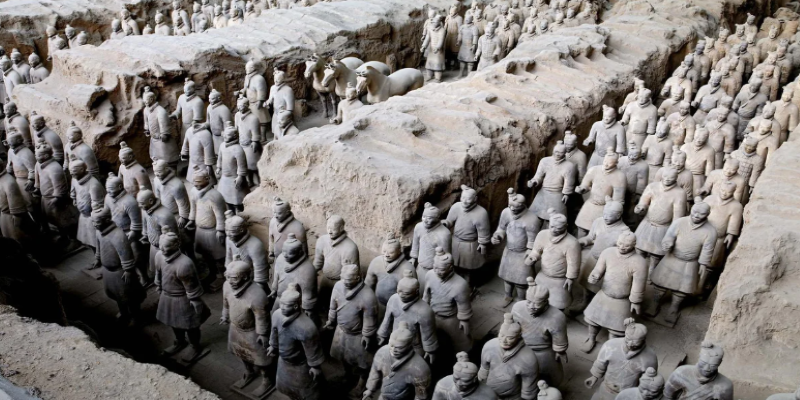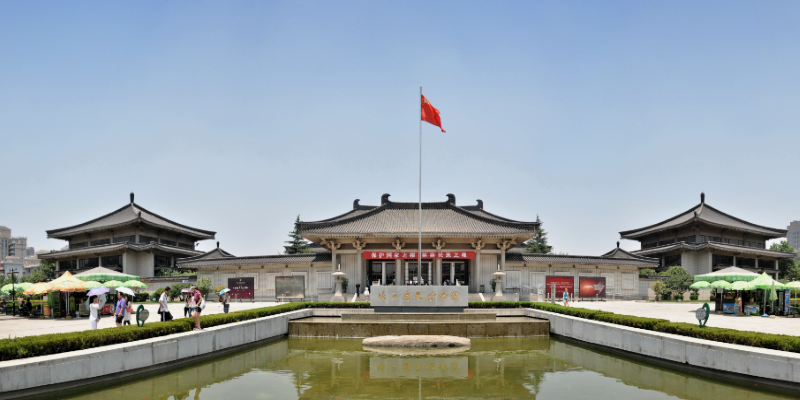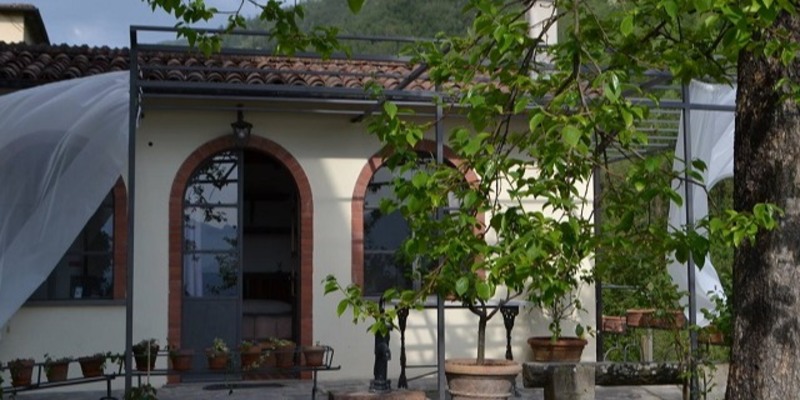Standing Among the Terracotta Warriors: A Visit to Xian’s Ancient Past
Standing before the Terracotta Army is a surreal experience. Thousands of life-sized clay soldiers meticulously guard the tomb of Emperor Qin Shi Huang, who sought immortality. These warriors are not just an archaeological marvel; they serve as a portal to ancient China, offering a glimpse into a civilization that flourished over 2,000 years ago.
Xian is once the heart of the Silk Road and the capital of 13 dynasties, a living museum full of history. Since their discovery in 1974, the Terracotta Army has attracted millions of visitors to catch a glimpse of the silent guardians of the emperor's tomb. A journey in time, going to Xian by flying over, is more than a visit: it's about the deep bond one can connect with China's imperial past.
Getting to Xian – A Flight into History
Flying to Xian is straightforward and accessible. Xian Xianyang International Airport (XIY) is well-connected, with direct and connecting flights from major international hubs such as Beijing, Shanghai, and other major Chinese cities. Most international travel involves layovers in either Beijing or Shanghai, with flights between Beijing or Shanghai and Xian lasting around two hours. The majority of other routes are expected to be longer for travelers arriving further abroad, yet the connections into Xian will be seamless.
Once you arrive in Xian, you can instantly sense the breadth of modernity and an ancient flair. Although it has evolved to become a considerable metropolis, the essence of its imperial past is retained in it. The journey from the airport to the heart of the city takes around 40 minutes, during which the bustle of the city can be seen. It takes around one hour to reach the Terracotta Army Museum, located in the Lintong District.
Taxis and buses are easy ways to get around, but hiring a local guide or joining a small group tour makes the experience more worthwhile. A guide will give you a deeper insight into the history and significance of the Terracotta Warriors, enabling you to connect with the site on a deeper level.
Standing Before the Terracotta Army – A Silent Encounter with the Past
The Terracotta Army isn’t just an exhibit—it’s an unfolding mystery. Discovered by farmers digging a well in 1974, the warriors were an accidental yet extraordinary find. What lay beneath the soil was beyond imagination: an entire army crafted from clay, each soldier unique, their expressions frozen in eternal vigilance.

Commissioned by Qin Shi Huang, the first emperor of a unified China, these warriors were built to protect him in the afterlife. The scale of the project was staggering. Over 8,000 soldiers, 670 horses, and 130 chariots were carefully arranged in battle formation and buried alongside the emperor's tomb. What makes them even more astonishing is the individuality of each figure—no two faces are alike, reflecting a level of craftsmanship that remains unparalleled.
The site itself consists of three main pits. Pit One, the largest, houses thousands of infantry soldiers lined up in formation as if ready for battle. Pit Two introduces a mix of cavalry, chariots, and archers, hinting at the full military strategy of the Qin dynasty. Pit Three, the smallest, is believed to be the command post, home to high-ranking officers and war planners. Beyond these pits, Qin Shi Huang's Tomb remains largely unexplored, its secrets still hidden beneath a mound of earth, with scientists hesitant to disturb what might be one of the most significant finds yet.
Walking through the pits, the silence is profound. Despite the crowd, there's an air of reverence for what stands before you. Every warrior, chariot, and broken piece tells the story of an emperor’s vision, a craftsman’s skill, and a dynasty’s grand ambitions. The scale of the Terracotta Army is hard to comprehend in a single visit, as the historical weight and intricate details of each figure create a lasting, humbling impression.
Exploring Beyond the Warriors – Unveiling the Emperor’s Legacy
While the warriors are the main attraction, Qin Shi Huang’s Mausoleum itself is just as intriguing. The emperor, who reigned from 221 to 210 BCE, was obsessed with immortality. His tomb, which remains mostly unexcavated, is said to contain rivers of mercury, a celestial map, and untold treasures. Ancient texts describe an underground palace built to mirror the cosmos, with mechanisms designed to protect it from intruders. Scientists have detected high levels of mercury in the soil, lending weight to these legends, but the tomb remains sealed for now.

Beyond the mausoleum, Xian offers even more layers of history. The Ancient City Wall, one of the oldest and most complete in China, allows visitors to cycle or walk along its 14-kilometer length, offering panoramic views of the city. The Big Wild Goose Pagoda, a Buddhist landmark dating back to the Tang Dynasty, stands as a testament to China’s spiritual heritage. Meanwhile, the Muslim Quarter is a vibrant contrast, with its bustling markets, aromatic street food, and cultural influences from the Silk Road era.
For those who love history, the Shaanxi History Museum provides a deeper context. It houses relics from various dynasties that ruled this region, from jade ornaments to ancient scrolls. The artifacts here help piece together the grandeur of China's imperial past.
Conclusion
Flying to Xian to see the Terracotta Warriors is an unforgettable journey into China's rich history. The silent figures standing guard over the tomb of Qin Shi Huang offer a glimpse into the grandeur of ancient China. While the warriors themselves are awe-inspiring, Xian as a whole is a living museum filled with historical landmarks and cultural treasures. This trip allows you to step back in time, experiencing the ambitions and legacies of an empire that shaped the course of history. The Terracotta Army remains a powerful symbol of the past, leaving a lasting impression on every visitor.











